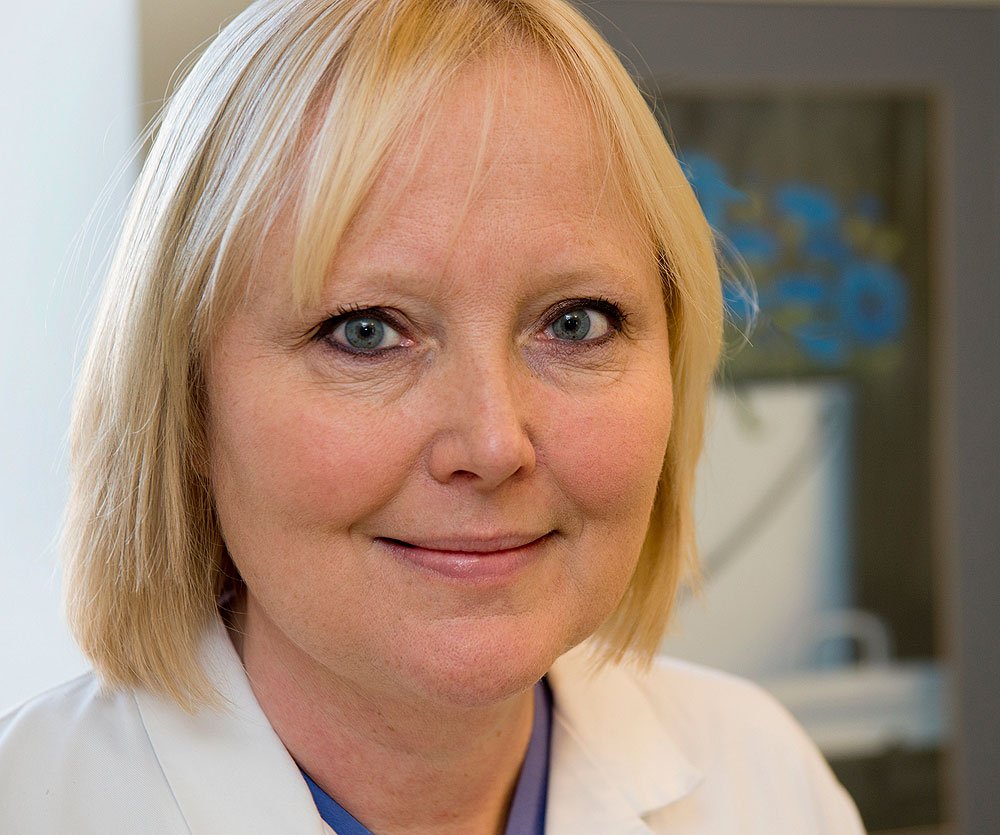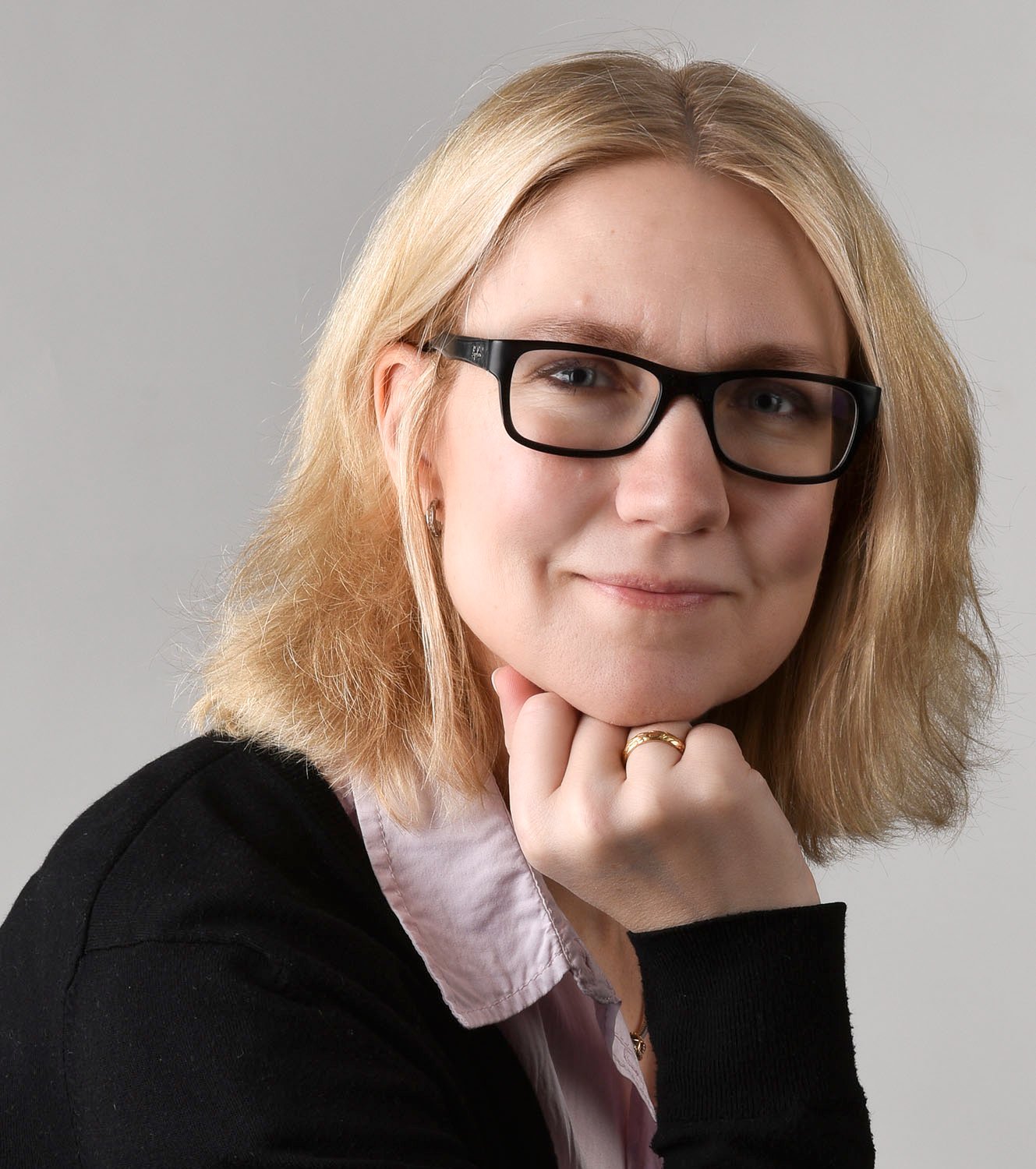 Photo: Privat
Photo: PrivatAnn Nordgren
Ann Nordgren is a group leader for the rare diseases group

There are approximately 8000 different rare diseases, affecting 6% or about 350 million people in the world. The quality of life of patients and families with rare diseases is often compromised by the lack of a correct molecular diagnosis, leading to risk of wrong diagnosis and inaccurate treatments. To ensure access to appropriate treatments and quality personalized health care, more information about the whole life perspective of the disease is needed.
 Photo: Privat
Photo: PrivatAnn Nordgren is a group leader for the rare diseases group
 Photo: Privat
Photo: PrivatAnna Lindstrand is a group leader for the rare diseases group
The group conducts translational research studies and we focus our efforts in the following major areas:
In close collaboration with the multidisciplinary team and clinical exome/WGS program in the clinical genetic diagnostic laboratory we follow up on new candidate disease genes in patients, cells, and zebrafish. Rare diseases can affect any organ but we have a special interest in the following disorders:
By studying patients and families with these rare diseases we will not only discover new disease genes but also identify novel mutational mechanisms. Through multidisciplinary collaboration we will gain insight in fundamental disease generating pathways that may be transferred to common diseases such as neuropsychiatric disorders, sporadic malformations and cancer.
Our research is directed at identifying human disease genes that predispose to childhood cancer. In order to discover cancer predisposition genes and increase our understanding of cancer causation we use different approaches such as registry-based studies, molecular studies of rare families with familial clustering of childhood cancers, patients with rare syndromes or overgrowth who developed cancer and isolated cases who developed cancer in childhood. We perform a careful clinical and dysmorphological evaluation and we compare germline variants with parental DNA and somatically mutated cancer genes in order increase our understanding about to how germline mutations confer increased risks of childhood cancer.
Structural genomic variation comprises 1) copy-neutral balanced events (inversions and translocations) as well as 2) unbalanced events with either loss or gain of chromosome material (deletions, duplications, triplications and multi allelic copy number variants (CNVs). The size may vary from events that are visible in a light microscope (>5-10 Mb) down to the size of a single exon (<100-200 base pairs). In the past decade structural variants have emerged as important contributors to the genetic load of both rare and common disorders especially within the area of neurodevelopmental disease and malformation syndromes. However, a specific rearrangement often affects many genes and regulatory regions and the specific disease causing factors are still poorly characterized. Our studies are focused on the detailed characterization of structural genomic rearrangements in order to identify the specific causative and modifying genes and to understand the underlying mutational mechanisms involved. We use whole genome sequencing (WGS) to characterize and identify structural variants. Patients with structural variants are recruited through the clinical genetic diagnostic laboratory where individuals with neurodevelopmental disorders and malformation syndromes are analyzed with chromosome analysis and/or oligonucleotide array-based comparative genomic hybridization (aCGH). We have also developed a custom designed high-resolution aCGH platform. This array platform provides exon resolution in 2000 target genes important for ciliary function and embryo development.
In this project, we evaluate novel genes and mutations identified in patients with rare diseases investigated with clinical exome/whole genome sequencing or through our research studies. First we evaluate effects on expression and splicing patient cell lines using RT-PCR, qPCR and Western blotting. Then functional studies are performed in two principle model systems:
Induced pluripotent stem cells (iPS cells): To study underlying disease mechanism at the cellular level in affected tissue we generate iPS cells through the re-programing of fibroblasts using the KI stem cell core. Then, in collaboration with Anna Falk, the iPS cells are induced into neuronal stem cells enabling directly study the effects of early neurogenesis in cells from patients compared with cells derived from normal controls.
Zebrafish: Due to the technical advantages, the zebrafish has become a very popular model to test and further understand the role of candidate genes in disease. Approximately 70% of the human genes have a zebrafish orthologue and many of the cellular pathways in embryonic development and tissue function are similar to those found in humans. One of the most commonly used techniques to assess the role of a specific gene is to knockdown the target protein levels using antisense oligonucleotides or morpholinos. This technique is however being replaced by the use of the genome editing technique CRISPR/Cas9. The CRISPR/Cas9 technique results in permanent changes in the genome that, given the specificity of the technique, more closely resemble the mutations found in the patients. To model mutations identified in patents we use overexpression of wild type and mutated RNA, transient knock down (morpholinos) and stable knockdown (CRISPR/Cas9 mutagenesis).
People with rare syndromes have in common that some problems may still be unknown due to the fact that the diagnosis is rare. For the most part, hardly anyone in the area knows anything about the diagnosis. It is therefore not enough to struggle with the consequences of the diagnosis. You must also fight against ignorance to claim the right to support from health care and society.
Individuals with rare syndromes have unique needs and problems that are caused by the syndrome. For example, different behaviors are more common in individuals with specific diagnoses, such as severe mood swings with Smith-Magenis syndrome, increased appetite with Prader-Willis syndrome, severe anxiety and anxiety disorder with Williams syndrome and risk of depression and other mental illness in 22q11 deletion carriers. The underlying cause of these psychological symptoms that occur in different syndromes is poorly investigated, which means that you cannot offer individuals with rare syndromes an optimal treatment. The main objective of the project is to increase the information about living with a particular diagnosis in order to better customize the diagnosis, treatment and care for the patient and his/her family.
K-UDP is a novel national initiative where Karolinska will be the coordinating center and SciLifeLab the sequencing core. This national initiative will facilitate new gene discoveries and studies of mechanisms in undiagnosed diseases. The Rare Diseases research group is also a member of the Undiagnosed Diseases Network International (UDNI) - an international collaboration with other clinical and research sites worldwide among them several top universities from the USA. The UDP concept requires international collaboration and multidisciplinary one-stop shop outpatient clinics for diagnostics of patients with rare diseases of all ages.
In August 2017 the 5th international conference on rare and undiagnosed diseases was placed in Stockholm.